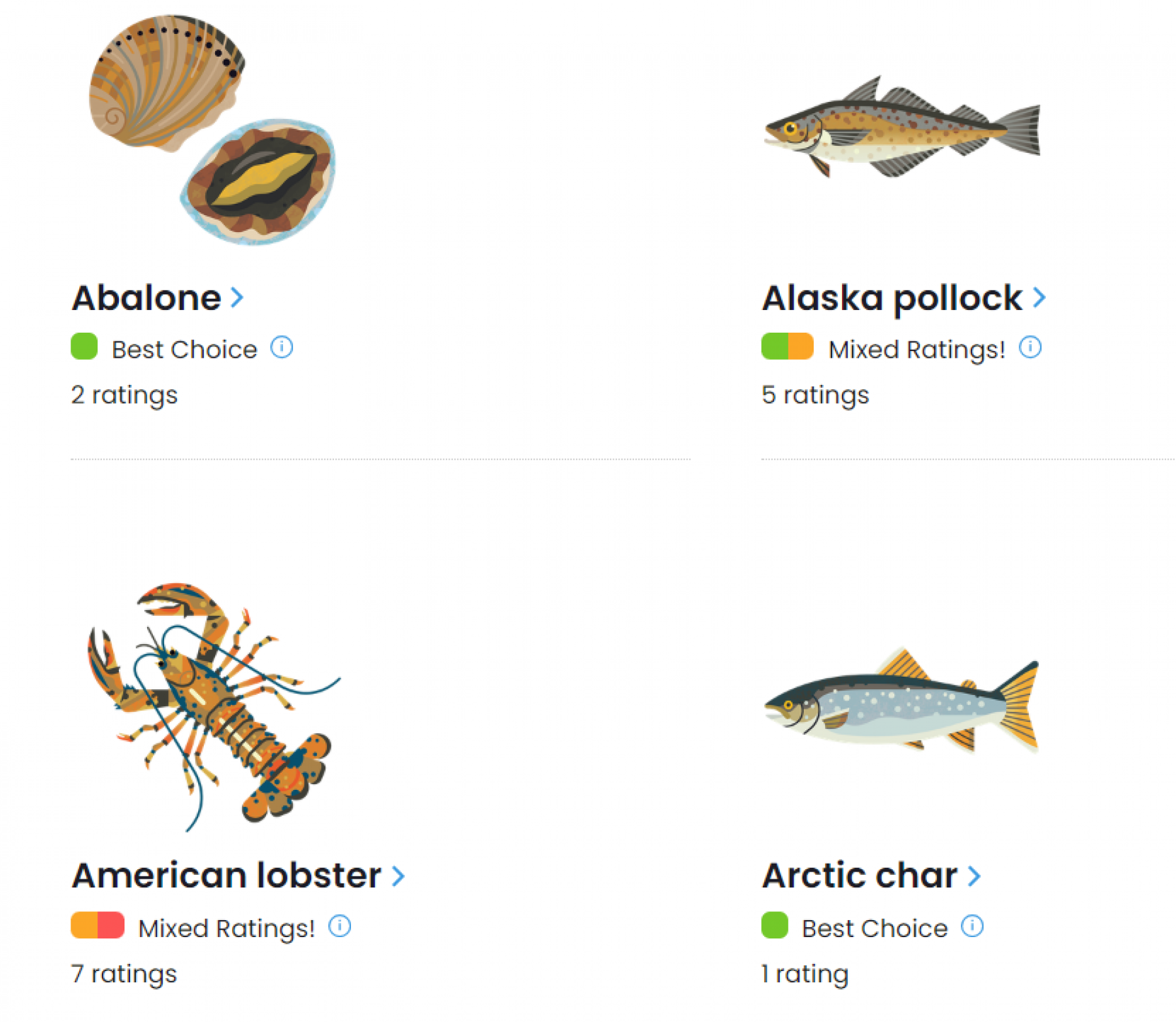
Marine Conservation Society updates Good Fish Guide
More restaurants and caterers are having to source their fish and shellfish from further afield to ensure a steady supply of sustainable seafood, but unfortunately this is adding to their carbon footprint.
The Good Fish Guide is updated twice a year with the latest scientific advice. This autumn's update to the Good Fish Guide sees 53 ratings changes, with 19 moving down the sustainability scale.
This season’s update sees pollack from southwest UK (not to be confused with Alaskan pollock, which is often used for fish fingers and is mostly green rated) move to the red list.
Pollack has long been a favourite among chefs seeking an alternative to cod and haddock. It is caught by British fisherman but after years of poor management stocks in the English Channel and Celtic Seas have plummeted and it is no longer a sustainable catch.
Jack Clarke, sustainable seafood manager at the Marine Conservation Society, said: “Most responsible businesses have sourcing policies that set sustainability standards for the seafood they’re buying. Less than half of our ratings for UK seafood meet these standards.
“British fishers, who are faced with a shrinking domestic market for their catch, need more support from the Government. Better managed fisheries mean more jobs, resilient coastal communities and a consistent supply of nutritious, low carbon food.”
